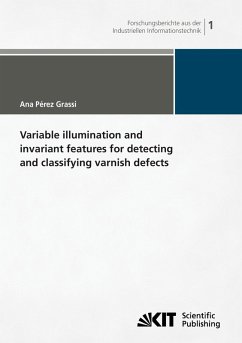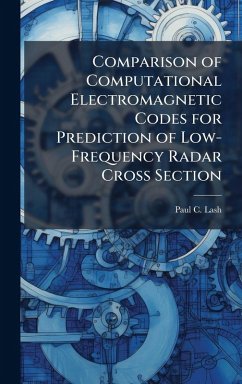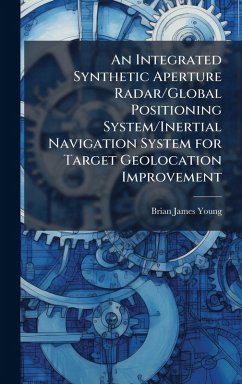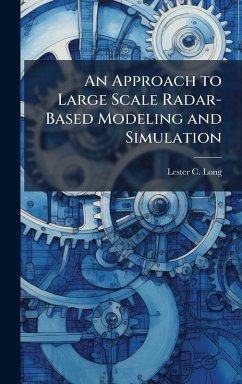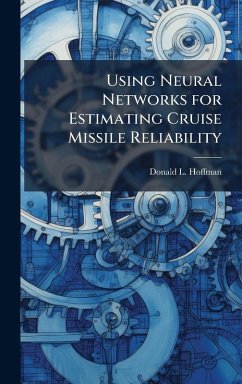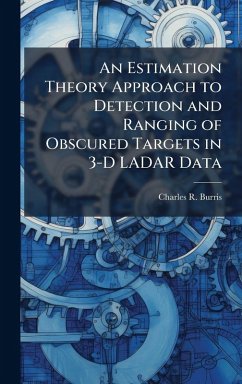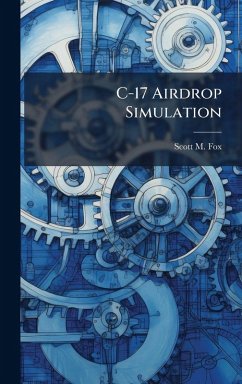
Classification of Radar Targets Using Invariant Features
Versandkostenfrei!
Versandfertig in über 4 Wochen
29,99 €
inkl. MwSt.
Weitere Ausgaben:

PAYBACK Punkte
15 °P sammeln!
Automatic target recognition (ATR) using radar commonly relies on modeling a target as a collection of point scattering centers. Features extracted from these scattering centers for input to a target classifier may be constructed that are invariant to translation and rotation, i.e., they are independent of the position and aspect angle of the target in the radar scene. Here an iterative approach for building effective scattering center models is developed, and the shape space of these models is investigated. Experimental results are obtained for three-dimensional scattering centers compressed ...
Automatic target recognition (ATR) using radar commonly relies on modeling a target as a collection of point scattering centers. Features extracted from these scattering centers for input to a target classifier may be constructed that are invariant to translation and rotation, i.e., they are independent of the position and aspect angle of the target in the radar scene. Here an iterative approach for building effective scattering center models is developed, and the shape space of these models is investigated. Experimental results are obtained for three-dimensional scattering centers compressed to nineteen-dimensional feature sets, each consisting of the singular values of the matrix of scattering center locations augmented with the singular values of its second and third order monomial expansions. These feature sets are invariant to translation and rotation and permit the comparison of targets modeled by different numbers of scattering centers. A Mahalanobis distance metric is used that effectively identifies targets under "real world" conditions that include noise and obscuration. In particular, eight targets of military interest are sampled in tenth-degree aspect angle increments to extract scattering centers, and 36 subclasses that encompass ten degrees are specified for each target. Each subclass is compressed to a nineteen-dimensional singular value feature set, and because the spatial distribution of the 100 nineteen-dimensional points in each subclass is approximately Gaussian, a mean and a covariance matrix represent each subclass. This work has been selected by scholars as being culturally important, and is part of the knowledge base of civilization as we know it. This work was reproduced from the original artifact, and remains as true to the original work as possible. Therefore, you will see the original copyright references, library stamps (as most of these works have been housed in our most important libraries around the world), and other notations in the work. This work is in the public domain in the United States of America, and possibly other nations. Within the United States, you may freely copy and distribute this work, as no entity (individual or corporate) has a copyright on the body of the work. As a reproduction of a historical artifact, this work may contain missing or blurred pages, poor pictures, errant marks, etc. Scholars believe, and we concur, that this work is important enough to be preserved, reproduced, and made generally available to the public. We appreciate your support of the preservation process, and thank you for being an important part of keeping this knowledge alive and relevant.



